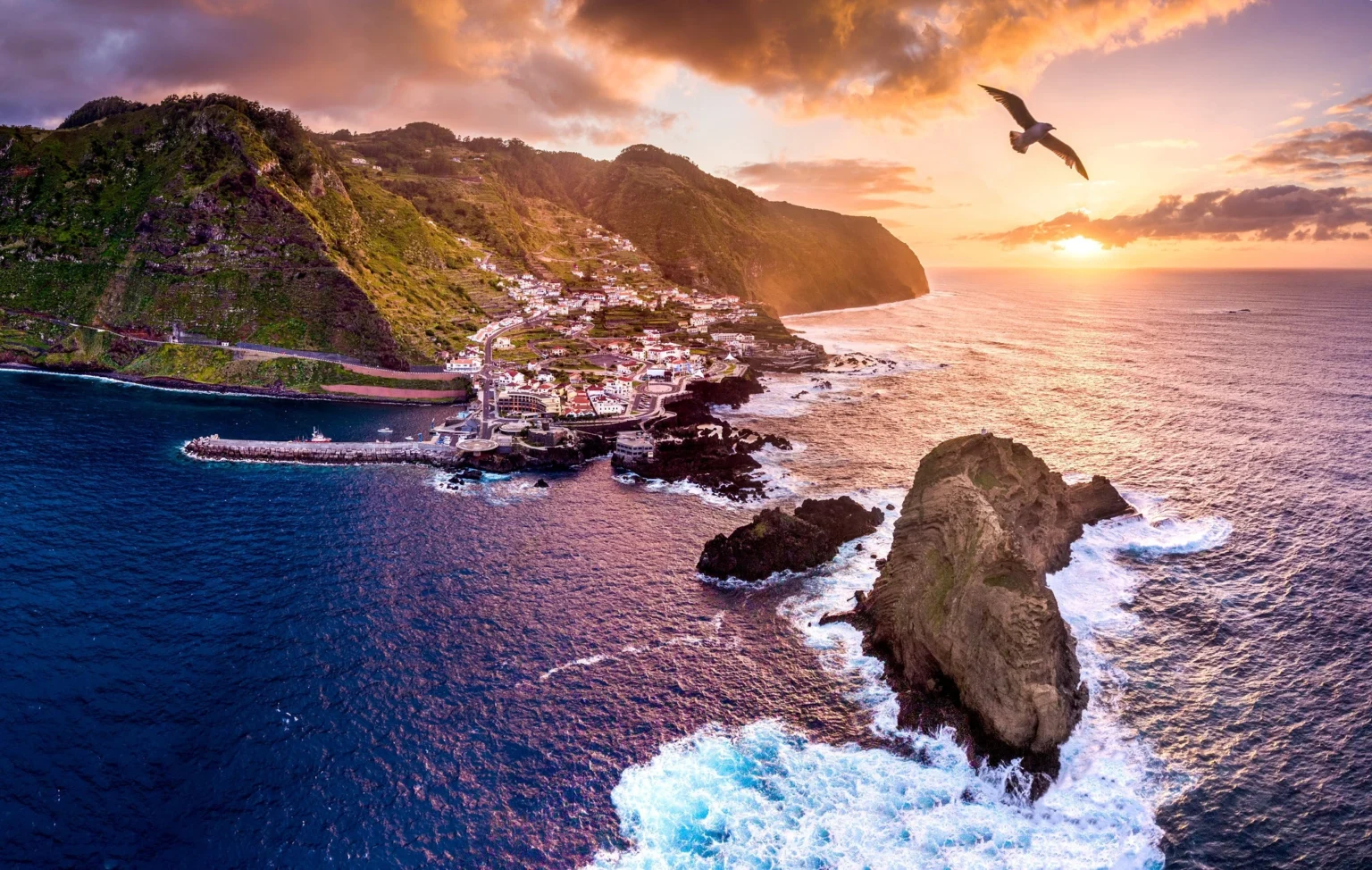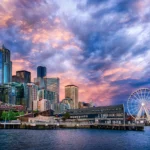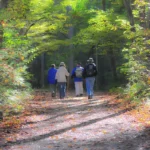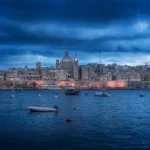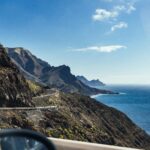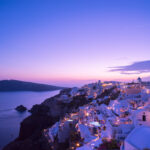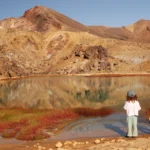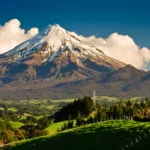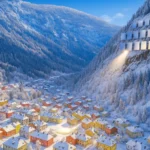Tucked away in the Atlantic like a whisper of Portugal’s forgotten poetry, Madeira is the kind of place that doesn’t shout for your attention—it earns it. Often overshadowed by Europe’s flashier destinations, this volcanic island, floating 900 km from Lisbon, is Portugal’s best-kept secret for travelers craving wild beauty, slow travel, and unforgettable flavors.
A Living Garden in the Atlantic
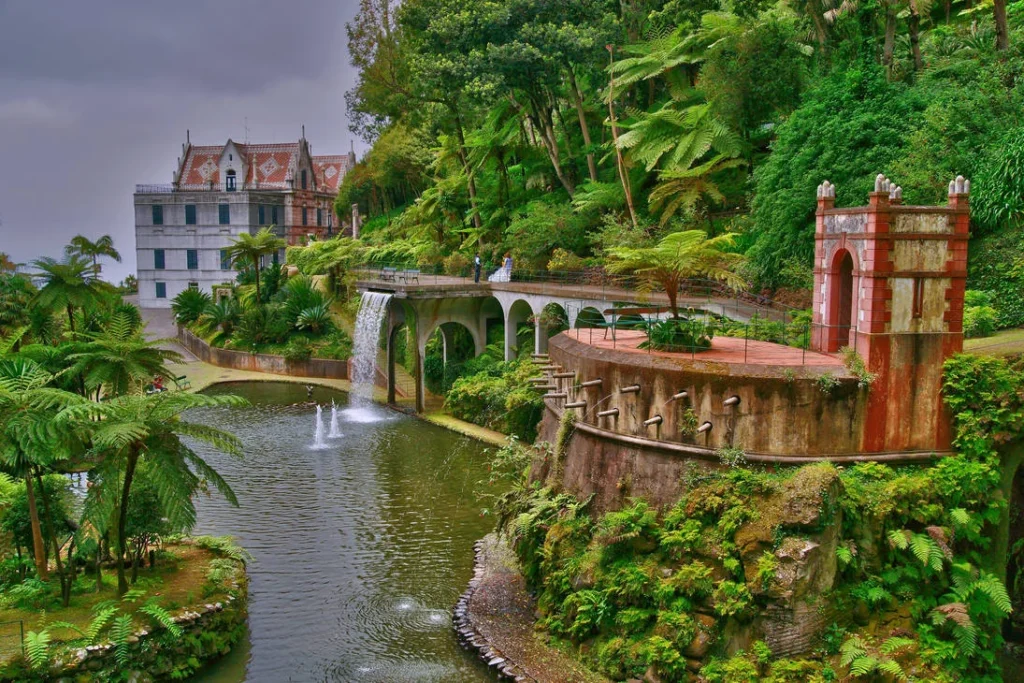
They don’t call it the “Island of Eternal Spring” for nothing. Madeira enjoys a near-perfect subtropical climate all year round, which is why its hills, cliffs, and balconies burst with flowers. Picture bougainvillaea spilling over stone walls and botanical gardens so vibrant they almost hum.
A stroll through Funchal’s Monte Palace Tropical Garden feels like stepping into a vivid dream—orchids dance in the breeze, Japanese bridges arc over koi ponds, and every corner teems with color and calm.
Hiking the Levadas: Madeira’s Best-Kept Outdoor Secret
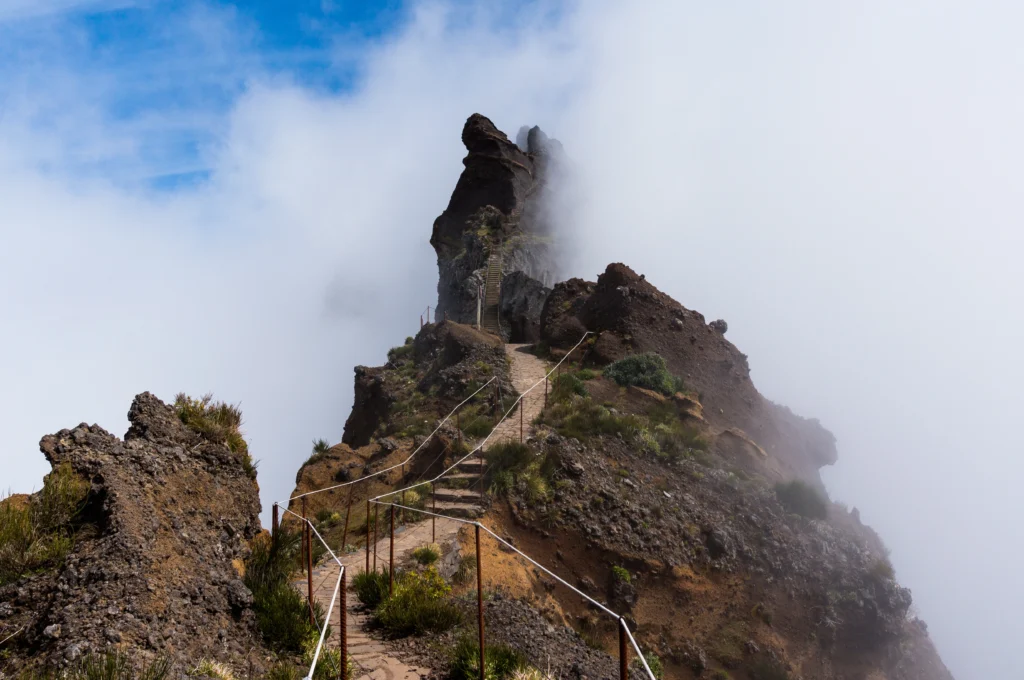
Madeira’s famous levadas—those narrow, centuries-old irrigation channels—double as hiking trails that carve through mountain ridges and mystical cloud forests. If you’re chasing magic, follow the Levada do Caldeirão Verde. You’ll pass through hand-carved tunnels, stumble upon hidden waterfalls, and walk beneath canopies of ancient laurel trees.
Want a challenge with a sunrise payoff? Pico do Arieiro to Pico Ruivo, Madeira’s highest peak, is jaw-dropping. Above the clouds, the mountain peaks pierce the sky like ancient cathedrals.
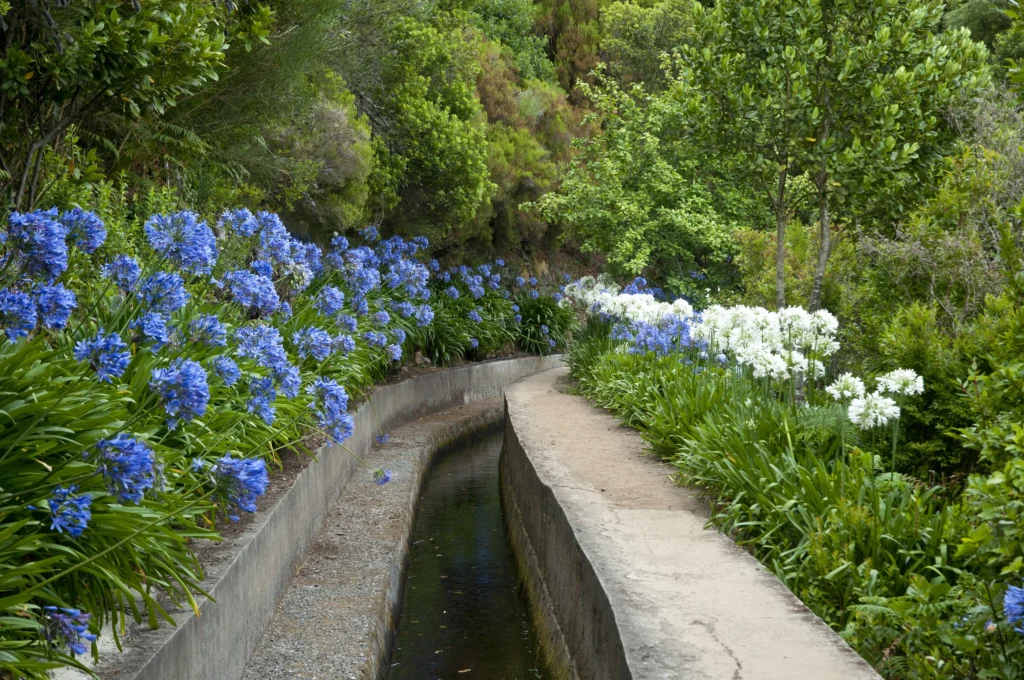
Cost Tip: Guided levada hikes start at €25–€40 per person. You can also go solo with good shoes, a flashlight (for tunnels), and offline maps.
Lava Pools, Dolphins & Seaside Thrills
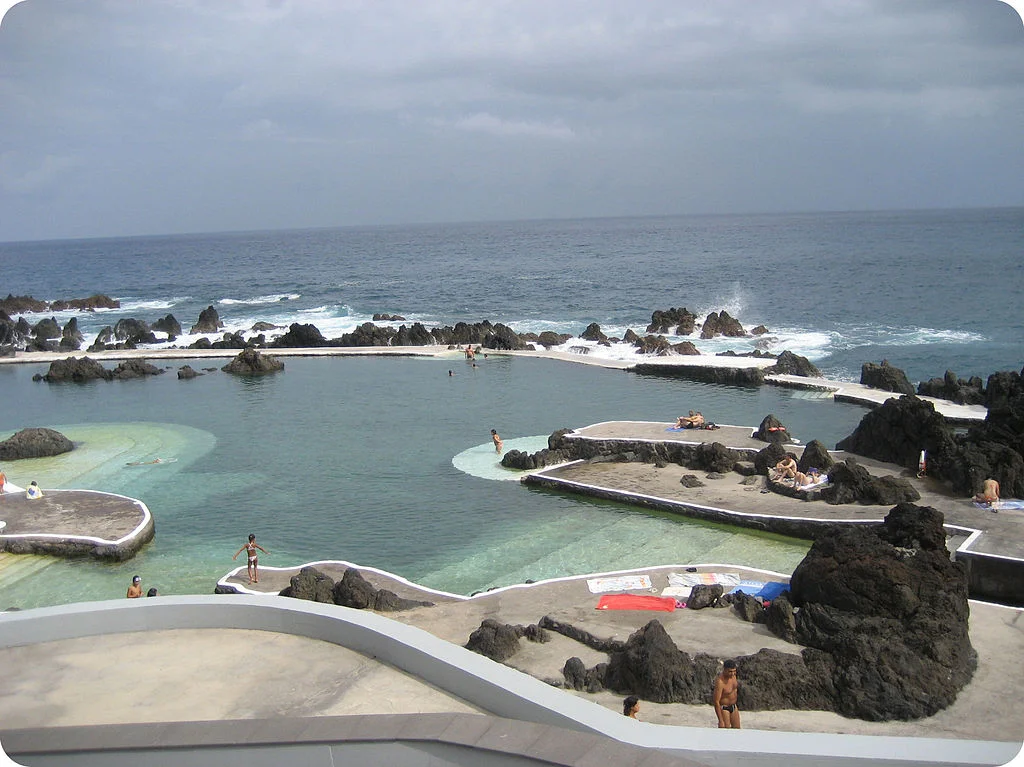
The Atlantic isn’t just a backdrop in Madeira—it’s your playground. At Porto Moniz, lava poolsfilled with seawater make for the island’s most photogenic and relaxing swim.
If you’re lucky, you’ll spot dolphins or sperm whales on a boat tour from Funchal. These excursions cost around €35–€50 and are worth every cent for the thrill of seeing whales breach against a backdrop of volcanic cliffs.
Pro Tip: The nearby Desertas Islands, accessible by catamaran, are home to a rare Mediterranean monk seal colony and offer unspoiled snorkeling.
The Soul of Madeira: Wine, Food & Friendly Faces
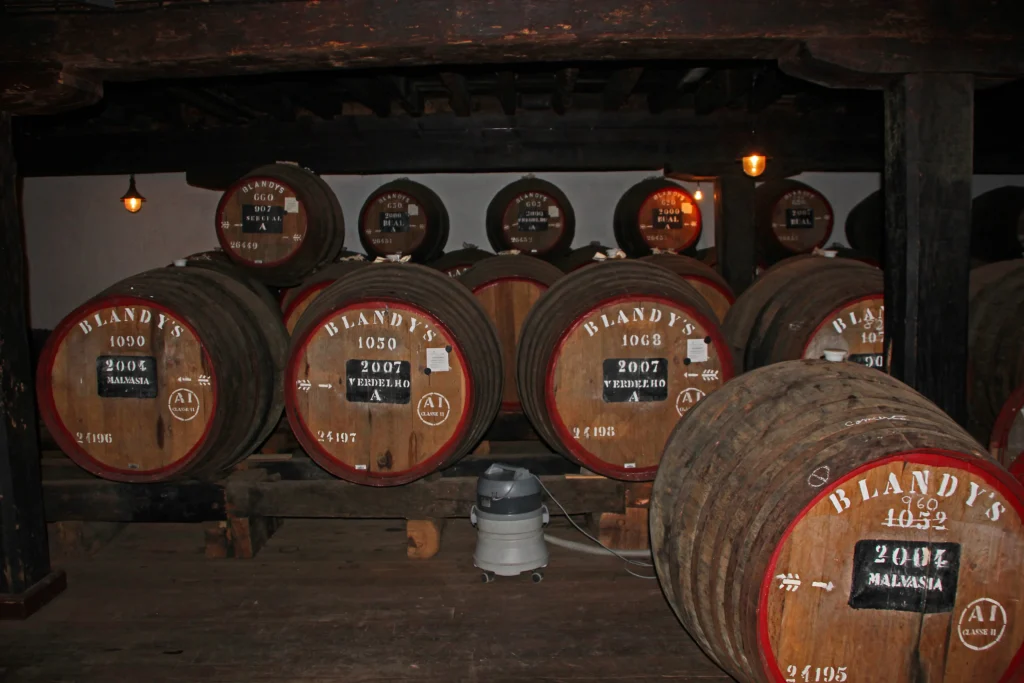
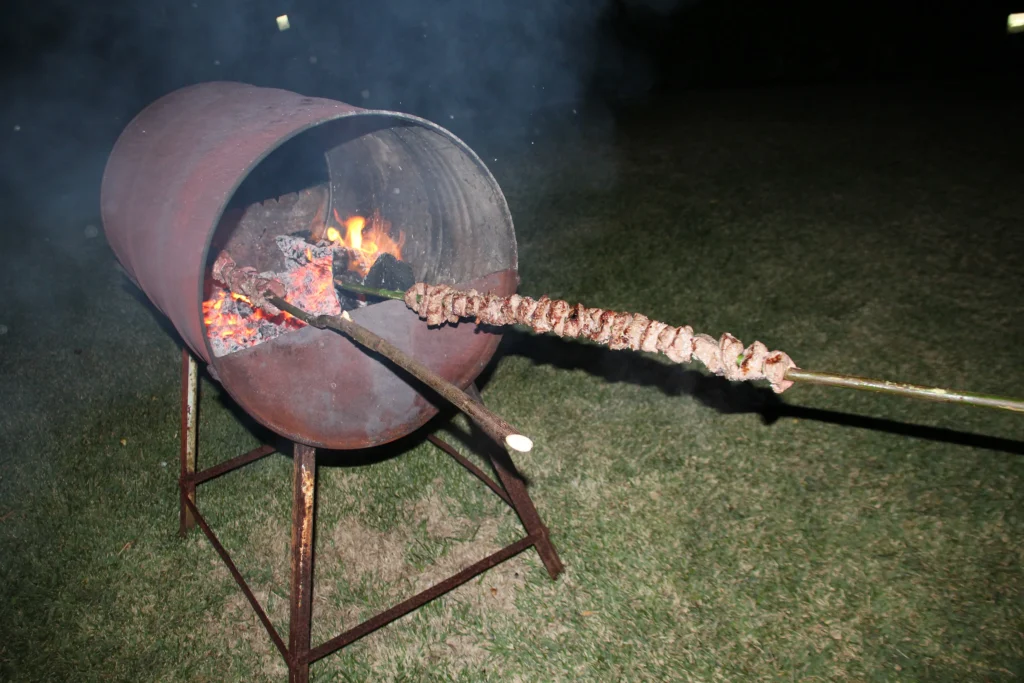
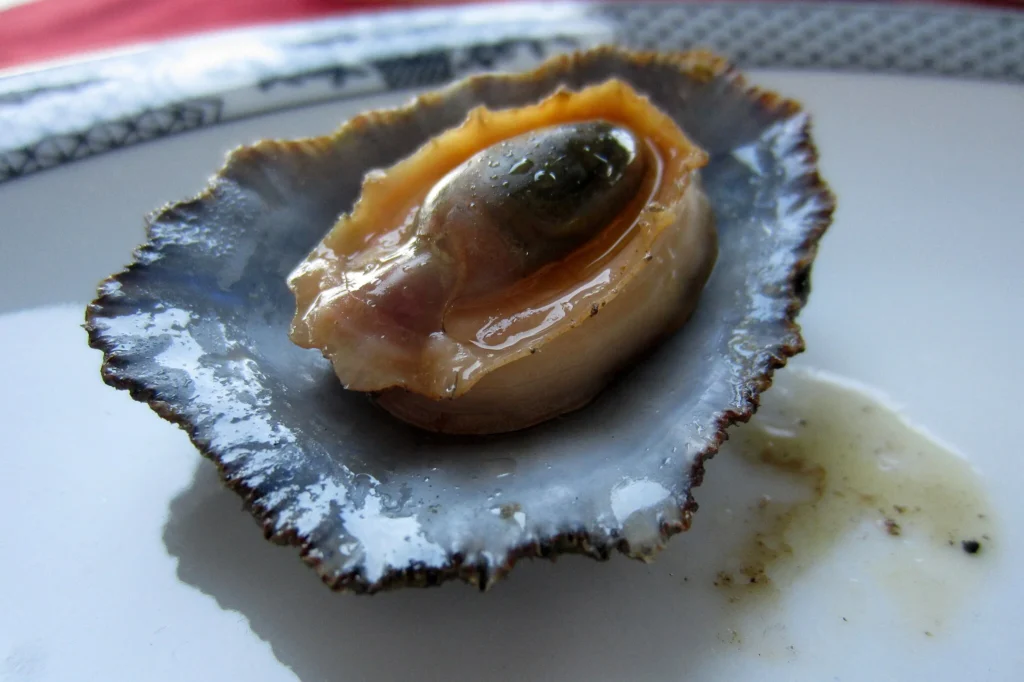
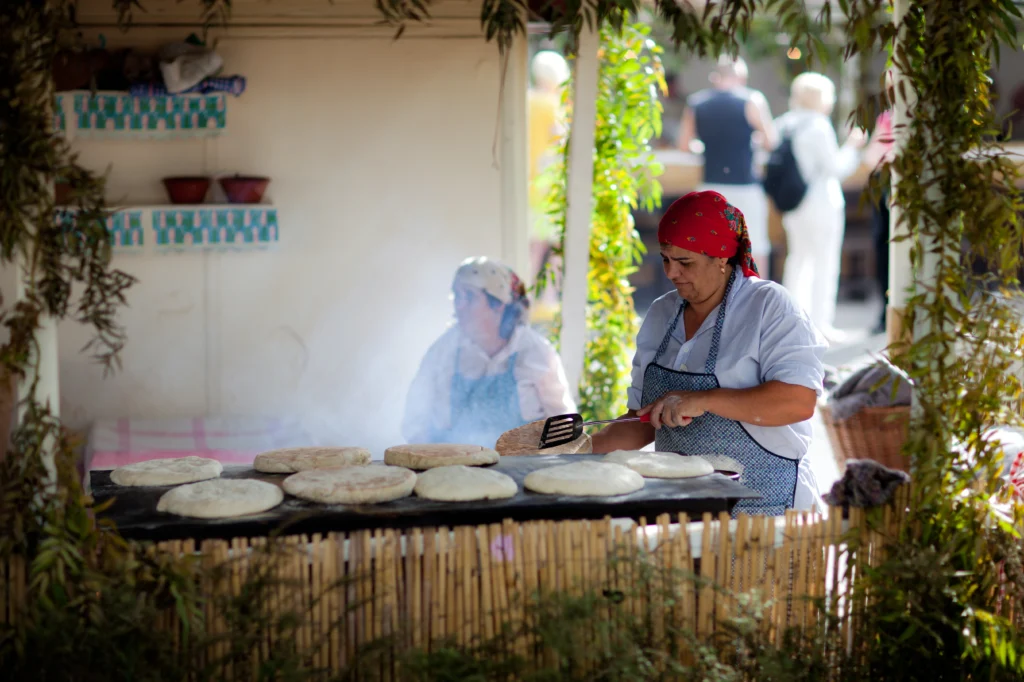
What’s a day in Madeira without a glass of its namesake wine? Madeira wine, aged with heat and time, offers a rich, nutty flavor. Head to Blandy’s Wine Lodge for a €10 tasting tour, where you’ll sip through centuries of history.
Madeiran cuisine is rustic, fresh, and unforgettable. Try:
- Espetada: Skewered beef grilled over wood fire, often served hanging on hooks.
- Bolo do Caco: Garlic bread made from sweet potato dough.
- Lapas: Grilled limpets served sizzling in garlic butter.
Meals typically range €10–€20 per person at mid-range restaurants. Fancier experiences won’t break the bank, either—fine dining in Madeira is surprisingly affordable.
How to Get to Madeira
You’ll fly into Cristiano Ronaldo International Airport (yes, that’s the real name), located just outside Funchal.
- From Lisbon: Direct flights take 1.5 hours and cost around €50–€120 round-tripdepending on the season.
- From London or Frankfurt: Direct flights available, often under €200 return.
- Ferries from mainland Portugal are rare and not recommended due to time and cost.
Pro Tip: Rent a car (from €30/day) to explore remote parts of the island like Ponta de São Lourenço or Paul da Serra.
Where to Stay in Madeira
Madeira has a stay for every travel style and budget:
🔹 Luxury
Belmond Reid’s Palace – Overlooking the Atlantic, with a cliffside infinity pool and Churchill-worthy legacy. Rooms from €350/night.
🔹 Mid-Range
Castanheiro Boutique Hotel – A charming, design-forward hotel in the heart of Funchal. Rates around €120–€150/night.
🔹 Budget
29 Madeira Hostel – Stylish dorms or private rooms in Funchal’s old town. Beds from €20–€30/night.
Tip: Book early in spring and fall to score deals while avoiding high-season crowds.
Best Time to Visit Madeira
- March–May: Flowers in full bloom, perfect for hikes and festivals.
- September–November: Warm waters, ripe fruit, and fewer tourists.
- Winter (Dec–Feb): Still mild with lush greenery, but occasional rains and chillier nights.
Avoid August if you dislike crowds—it’s when both international tourists and Portuguese locals arrive in droves.
Festivals to Catch (If You Time It Right)
- Madeira Flower Festival (April–May): Streets bloom with petal art, parades, and market stalls.
- Carnival (February/March): Samba dancers and floats bring Rio vibes to the Atlantic.
- Wine Festival (September): Traditional grape-stomping, folk music, and endless tastings.
Why Madeira Should Be Your Next Island Escape
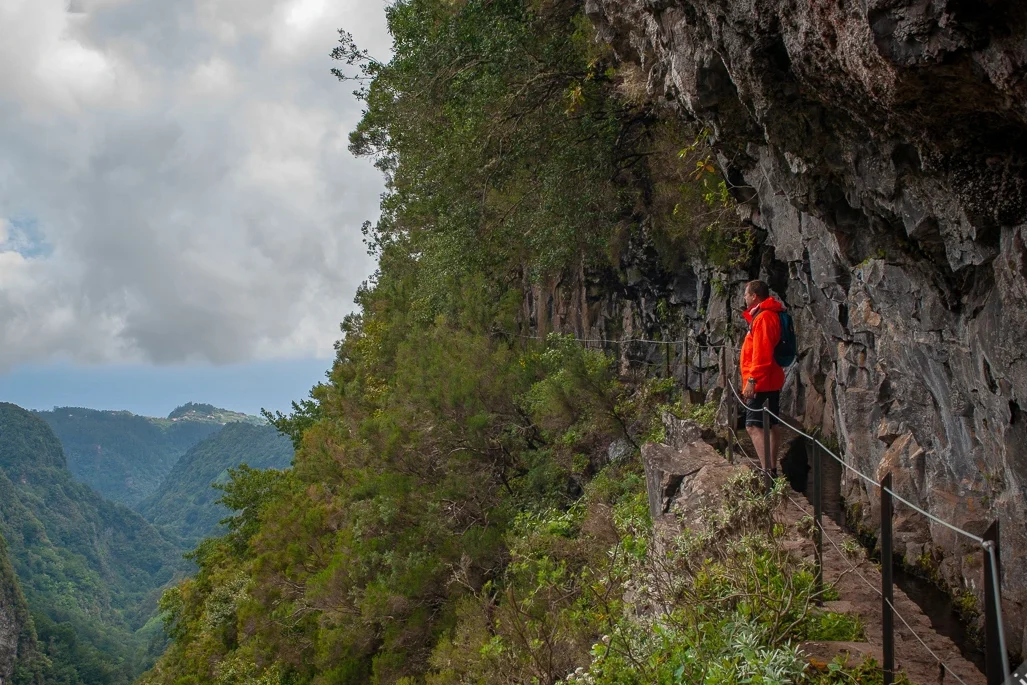
In a world of Instagram-famous beaches and overdone European tours, Madeira feels like a secret whispered among seasoned travelers. It’s an island where nature takes center stage, where food and wine carry the stories of generations, and where you can still find yourself blissfully alone on a mountaintop.
Whether you’re a solo wanderer, a romantic couple, or a family of adventure-seekers, Madeira gives you the Europe you didn’t know you were missing—raw, real, and wildly beautiful.

